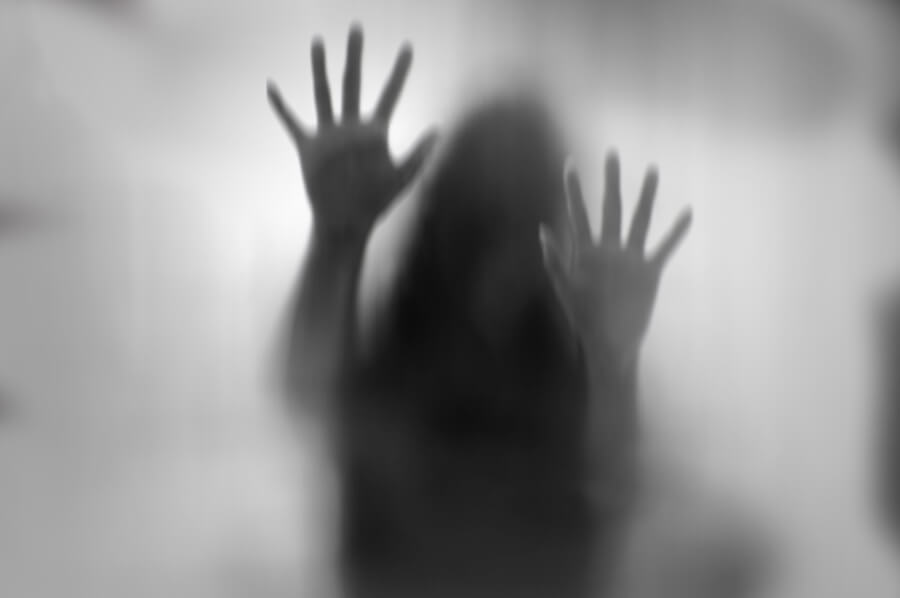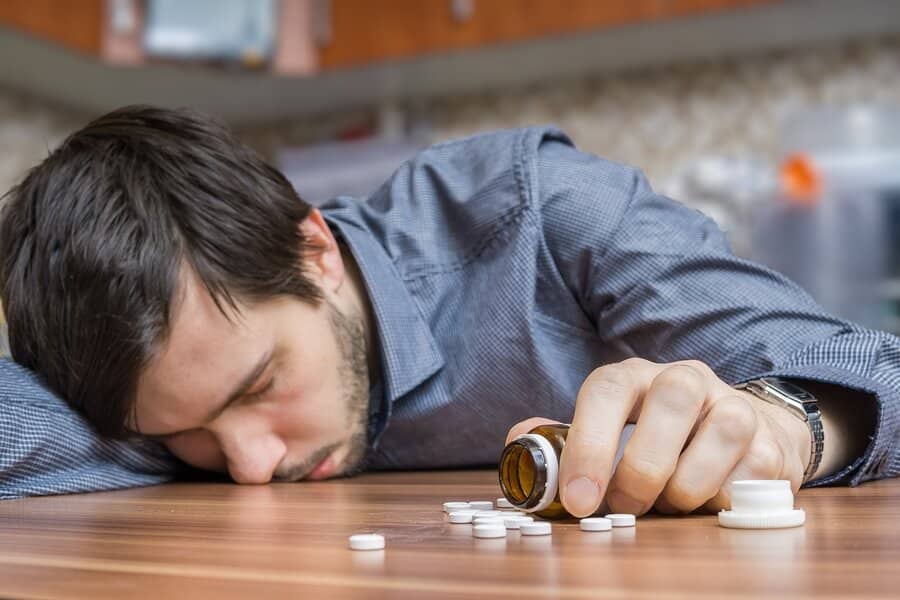
Morphine is a rapid-acting drug, with effects that last between 4-6 hours. The drug is eliminated from the blood in about 15 hours, but some drug tests can detect morphine for a much more extended period.
Morphine can be detected in the body by the following standard tests:
- Urine test: 1 to 3 days
- Saliva test: Between 24-36 hours
- Hair test: Up to 90 days
It can take up to three days after use for the body to completely eliminate morphine. After three days, the drug cannot be detected in saliva or urine. Hair follicle tests may be able to identify the drug for as long as 90 days, but neither would-be employers or rehab centers commonly use these.
Rehabs sometimes use drug tests to motivate clients to remain sober. Inpatient programs also use the tests to make sure their residents haven’t found a way to sneak drugs into the facility. If you know you have to take a drug test and you have found yourself unable to quit using, you may have a dependence on morphine.
Morphine Metabolism
Metabolism refers to how a substance is broken down inside the body. Morphine can be swallowed, snorted, or injected, but it cannot be absorbed through the skin.
The method of administration determines how rapidly morphine reaches the bloodstream. For example, when injected, peak levels of morphine collect in the blood within 20 minutes. However, it takes between 30-90 minutes for morphine to peak in the blood when the drug is consumed orally.
A person will also feel the effects of morphine more rapidly and intensely when it’s injected because the drug travels straight to the brain, without bypassing other systems that can slow this process down. When it’s consumed, morphine must first go through the liver, which then breaks down some of the morphine into other chemicals known as metabolites (e.g., hydromorphone).
Some metabolites leave the body in urine. The surviving morphine remains in the blood and travels to the brain where it induces pain relief, feelings of relaxation, and other various effects. The drug then progresses through the body until it enters the liver again. This cycle continues until all the morphine is completely cleared from the system.
Heroin and codeine are also converted to morphine in the body. Therefore, a positive drug test for morphine may indicate the use of morphine, codeine, or heroin.
Half-Life of Morphine
A substance’s “half-life” refers to the amount of time needed for half of a substance to be cleared from the blood. For instance, if a person injects 10 mg of morphine, the half-life is the amount of time it takes for the body to expel 5 mg.
The half-life of morphine typically falls somewhere between 2-3.5 hours. Half-life varies because some people break down morphine more rapidly than others.
Factors that affect how long morphine stays in the blood include the following:
- Age
- Genetics
- Liver function
- Overall health
- Gender
- Diet and weight
A very small amount of morphine—only about 3% of the original dose—will remain in the blood after five half-lives. Depending on multiple factors, morphine stays in the blood for between 10-15 hours. It can still be detected by tests, however, because it takes 1-3 days for the body to discharge the drug in urine.
Is Morphine Addictive?
Morphine is an opiate that is considered to have a relatively high potential for abuse and addiction. People who are addicted to opioids will likely encounter numerous mental, physical, and behavioral problems. They will begin to compulsively seek drugs despite the incurrence of negative health, legal, and social consequences of this behavior.
Therapeutic use of morphine isn’t necessarily associated with addiction, but misusing morphine increases a person’s risk. Some people abuse morphine to get high and experience feelings of relaxation and well-being.
Morphine also produces several short- and long-term side effects, including cravings and withdrawal symptoms. Even under a doctor’s direction, prolonged morphine use will result in dependence. People dependent on morphine encounter unpleasant withdrawal symptoms when they stop using the drug.
Side Effects of Morphine

Morphine can produce severe side effects in high doses. When used as directed, morphine usually alleviates pain, coughing, and allows a person who would normally be suffering from these symptoms to rest and find relief.
Common side effects of morphine include the following:
- Cramps
- Constipation
- Drowsiness
- Nausea
- Weight loss
- Itching
People who misuse morphine are more likely to experience dangerous side effects, especially those who use it in excessive doses or inject it. High doses of morphine can slow breathing to perilous levels, possibly resulting in hypoxic brain damage, coma, and death.
Other effects of morphine abuse include the following:
- Constricted pupils
- Poor response to stimuli
- Fever
- Increased blood pressure
- Increased thirst
- Swelling
- Muscle pain and spasms
- Poor coordination
- Impaired cognition
Morphine remains in the system for multiple days, but the effects of the drug usually subside within just a few hours.
Morphine Withdrawal Timeline
The length of morphine withdrawal can depend on multiple factors, including the amount used, the frequency of use, and the method of administration. For example, people who inject morphine will experience a faster and more intense high than those who swallow it orally. Therefore, these individuals are also more likely to encounter a rapid and severe withdrawal.
Morphine withdrawal timeline:
- Short-term side effects subside after about 4-5 hours
- Early withdrawal symptoms onset within 8-12 hours
- Symptoms peak 36-72 hours after the last use
- Symptoms fade after 7-10 days
The length of withdrawal time also depends on how a person stops using the drug. If the dosage is slowly reduced or tapered, less severe symptoms will be experienced, but the time spent in withdrawal will also be longer.
If a person quits abruptly, or “cold turkey,” he or she will likely experience intense symptoms, but they won’t persist for as long. Opioid replacement therapy involving medications such as buprenorphine can help people discontinue morphine use without experiencing severe withdrawals symptoms.
Morphine Withdrawal Symptoms

Symptoms of morphine withdrawal include:
- Anxiety
- Sweating
- Chills
- Goosebumps
- Yawning
- Irritability
- Hot flash
- Cramping
- Nausea
- Diarrhea
- Vomiting
- Insomnia
Suffering through a morphine withdrawal is unnecessary and may not be entirely safe. Many rehab facilities have detox services that can reduce the amount of discomfort induced by withdrawal.
Overdose
Seek emergency help immediately if any of the following symptoms occur:
- Constricted pupils
- Decreased awareness
- Unresponsiveness
- Extreme drowsiness
- Fever
- Increased blood pressure
- Increased thirst
- Lower back or side pain
X
- Muscle cramps and spasms
- Muscle stiffness
- No muscle tone or movement
- Swollen face, fingers, or legs
Recovery from Morphine Addiction
Recovering from morphine addiction requires comprehensive addiction treatment. Harmony Treatment and Wellness offers programs in both partial-hospitalization and outpatient formats and provides medication-assisted therapies clinically shown to relieve withdrawal symptom and reduce cravings associated with opioids.
We employ skilled addiction professionals who facilitate a variety of services, including psychotherapy, counseling, and aftercare planning. We are dedicated to ensuring that each client is provided the resources, tools, and support they need to achieve abstinence and foster a new, healthier, more fulfilling life, free from substance abuse.
Morphine addiction is a chronic and potentially life-threatening disease that can cause devastating mental and physical side effects. But, recovery is certainly possible with the proper treatment, personal motivation, and effort.
If you or someone you love is struggling with an addiction to morphine, other drugs, or alcohol, contact us as soon as possible. Discover how we help those who need it most break free from the chains of addiction for life!




















